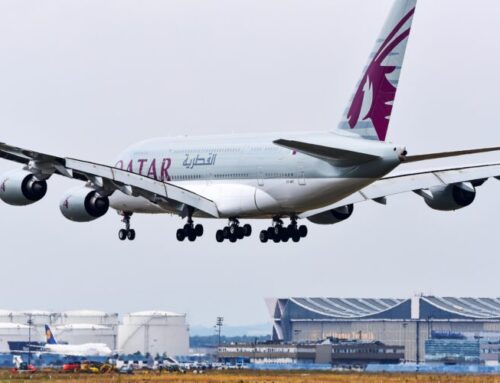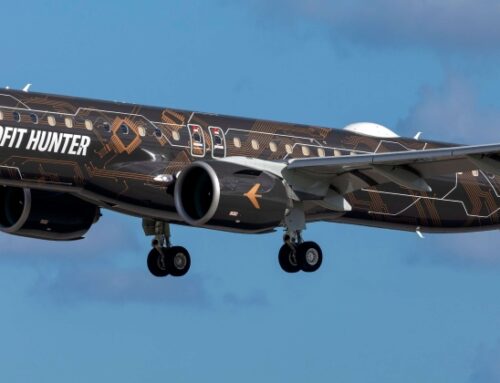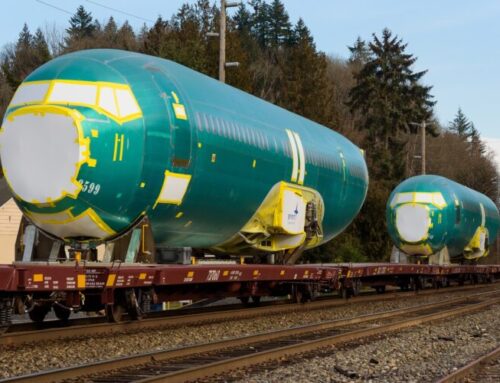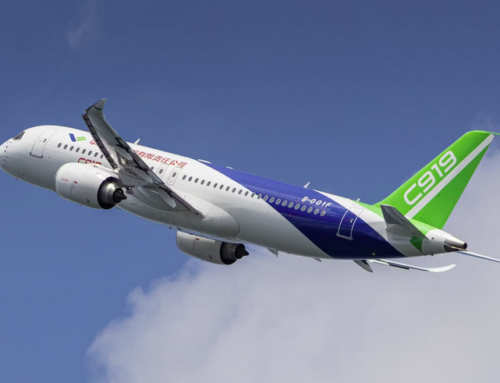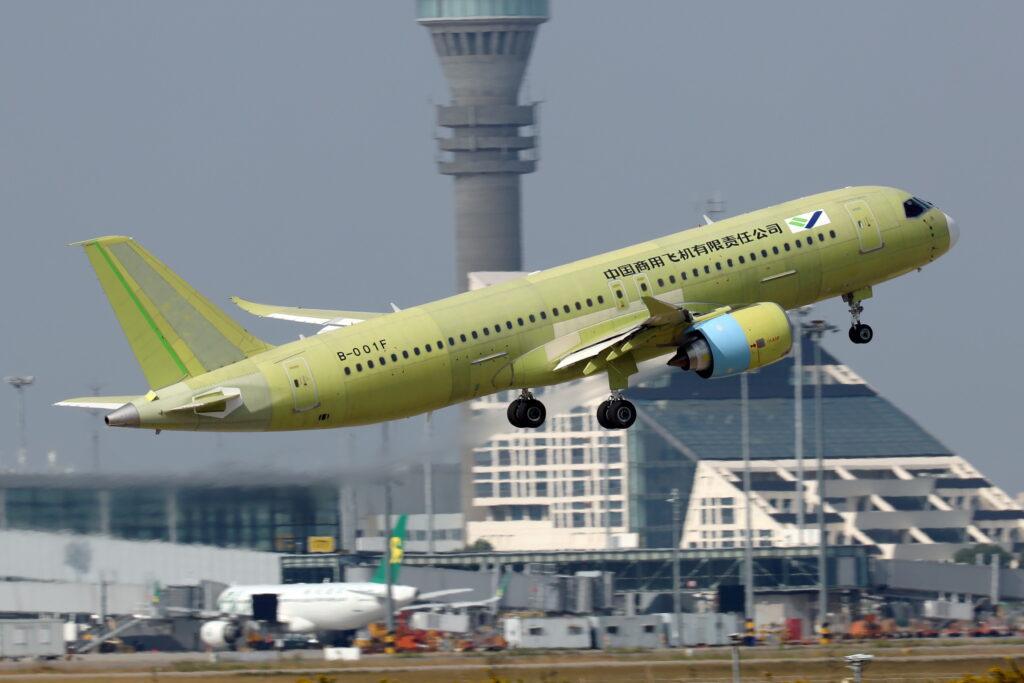
China is accelerating efforts to enhance its aviation industry’s competitiveness with the development of the C929 widebody aircraft, a direct competitor to Western giants Airbus and Boeing. The state-owned Commercial Aircraft Corporation of China (Comac) has initiated a major collaborative effort, rallying 280 experts from 21 universities and various civil aviation companies to propel the C929 project forward.
This assembly of minds gathered at a conference in Shanghai, reported by Comac through its WeChat account, to focus on key technological areas such as aerodynamics, airframe structures, electrical mechanical systems, and propulsion systems. Despite the removal of the original post by Wednesday, state media continues to circulate the details.
According to Comac, the C929 is entering a “crucial stage” in its development, as stated by Comac marketing director Zhang Xiaoguang at the end of March. The aircraft, intended to seat between 280 and 400 passengers with a range of 12,000 km or 7264 mi, aims to rival the Airbus A350 and Boeing 787 models. Notably, the fuselage of the C929 will be manufactured by Huarui Aerospace Manufacturing, with the first middle section expected to be delivered by September 2027.
The Comac C929 is a planned long-range 250-to-320-seat wide-body twinjet airliner family being developed by Chinese Comac. Construction of the first prototype began by September 2021. The program was previously developed by CRAIC (China-Russia Commercial Aircraft International Corporation), a joint venture between Comac and Russian UAC, and the aircraft was formerly known as the CRAIC CR929. Following tensions and disagreements between the partners and uncertainties linked to international sanctions on Russia, Comac is continuing the program independently of UAC.
The success of the C929, however, hinges not only on domestic advancements but also on a robust Chinese outbound travel market and acceptance from international aviation regulators. Eric Lin, head of greater China research at UBS in Hong Kong, noted that while the C919 narrowbody jet is moving into mass production for domestic routes, the C929 faces different challenges as it is designed for longer international flights.
Comac has emphasized its intention to rely predominantly on domestic technologies for the C929, aligning with China’s broader goal of technological self-sufficiency amid ongoing global trade and technological tensions. This includes the development of the CJ-1000 high-bypass turbofan jet engine by the Shanghai-based Aero Engine Corporation of China, and would necessitate a turbofan with a thrust of 77,000–88,000 lbf (340–390 kN).
China has been independently developing the CJ-1000 and CJ-2000 engines. Alternatively, it could utilize the AI-38 engines, which are co-developed by China and Ukrainian Ivchenko-Progress, derived from the 225 kN Progress D-18T of the An-124/An-225. However, the MoU between Russian UEC and Chinese AECC makes this possibility unlikely. Initially, Rolls-Royce or General Electric are likely suppliers, given their existing products in this class. CRAIC anticipates a TSFC improvement of at least 10%.
While Comac continues to depend on some foreign components, such as engines produced by the GE Aerospace and Safran Aircraft Engines joint venture for its C919, the move towards greater independence in aircraft manufacturing marks a significant step for China’s aviation industry.
Despite the ambitious plans for the C929, industry analysts like John Grant from British aviation intelligence firm OAG suggest that the impact of Comac’s new aircraft on Airbus and Boeing’s market share might be minimal outside China. However, the development of the C929 remains a key part of China’s strategy to elevate its presence in the global aviation market and diversify the current duopoly of Airbus and Boeing.
Related stories: https://www.airguide.info/?s=Comac
Sources: AirGuide Business airguide.info, bing.com, scmp.com

